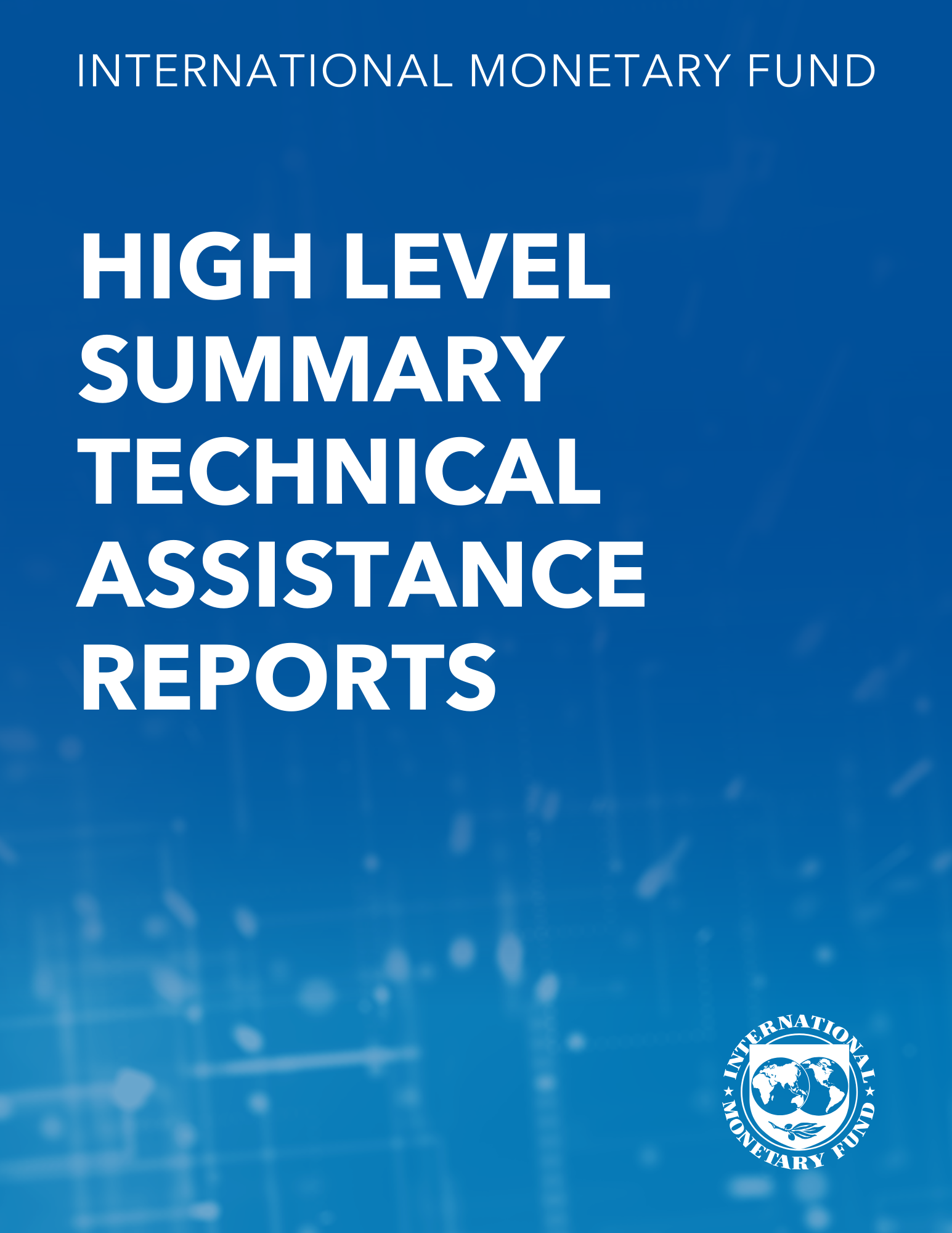Target Zones and Interest Rate Variability
April 1, 1990
Disclaimer: This Working Paper should not be reported as representing the views of the IMF.The views expressed in this Working Paper are those of the author(s) and do not necessarily represent those of the IMF or IMF policy. Working Papers describe research in progress by the author(s) and are published to elicit comments and to further debate
Summary
The trade-off between interest rate variability and the width of an exchange rate target zone is examined, using the regulated Brownian motion model of target zones. The interest rate differential’s asymptotic (unconditional) variability is increasing in the exchange rate band for narrow bands; whereas it is slowly decreasing for wide bands. The interest rate differential’s instantaneous (conditional) variability is decreasing in the exchange rate band. The model is extended to include a realignment/devaluation risk, as well as an endogenous exchange rate risk premium. The risk premium is small for reasonable parameter values.
Subject: Conventional peg, Crawling peg, Exchange rates, Foreign exchange, Managed exchange rates, National accounts, Return on investment
Keywords: Conventional peg, Crawling peg, exchange rate band, Exchange rates, first derivative, instantaneous standard deviation, interest rate, interest rate differential, Managed exchange rates, probability mass, responsiveness to the fundamental, Return on investment, risk premium, WP
Pages:
52
Volume:
1990
DOI:
Issue:
031
Series:
Working Paper No. 1990/031
Stock No:
WPIEA0311990
ISBN:
9781451979992
ISSN:
1018-5941






